Submitted by WA Contents
BIG's Copenhill Energy Plant featuring giant greenery ski slope opened in Copenhagen
Denmark Architecture News - Oct 07, 2019 - 12:00 15340 views
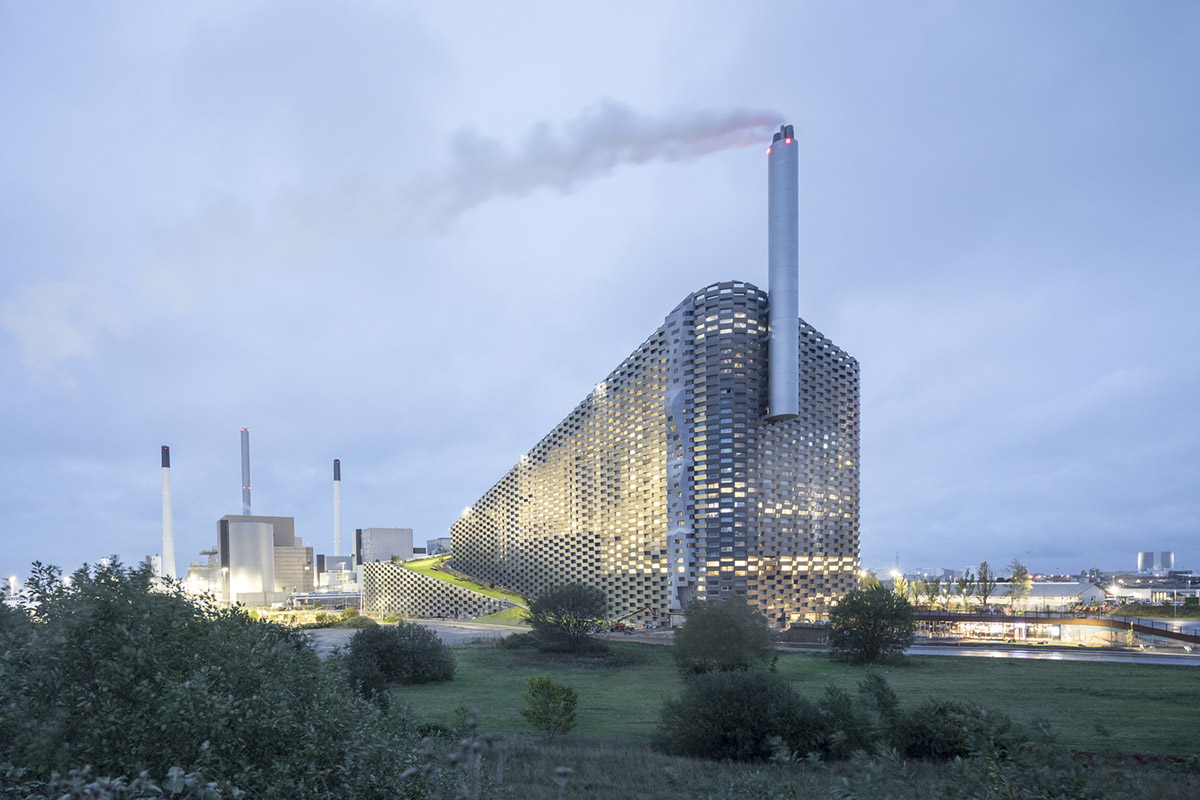
BIG's hotly-anticipated building CopenHill Energy Plant and Urban Recreation Center has been opened this weekend in Copenhagen, Denmark.
Named CopenHill, also known as Amager Bakke, has been opened to the public as a new breed of waste-to-energy plant topped with a ski slope, hiking trail and climbing wall, embodying the notion of hedonistic sustainability while aligning with Copenhagen’s goal of becoming the world’s first carbon-neutral city by 2025.
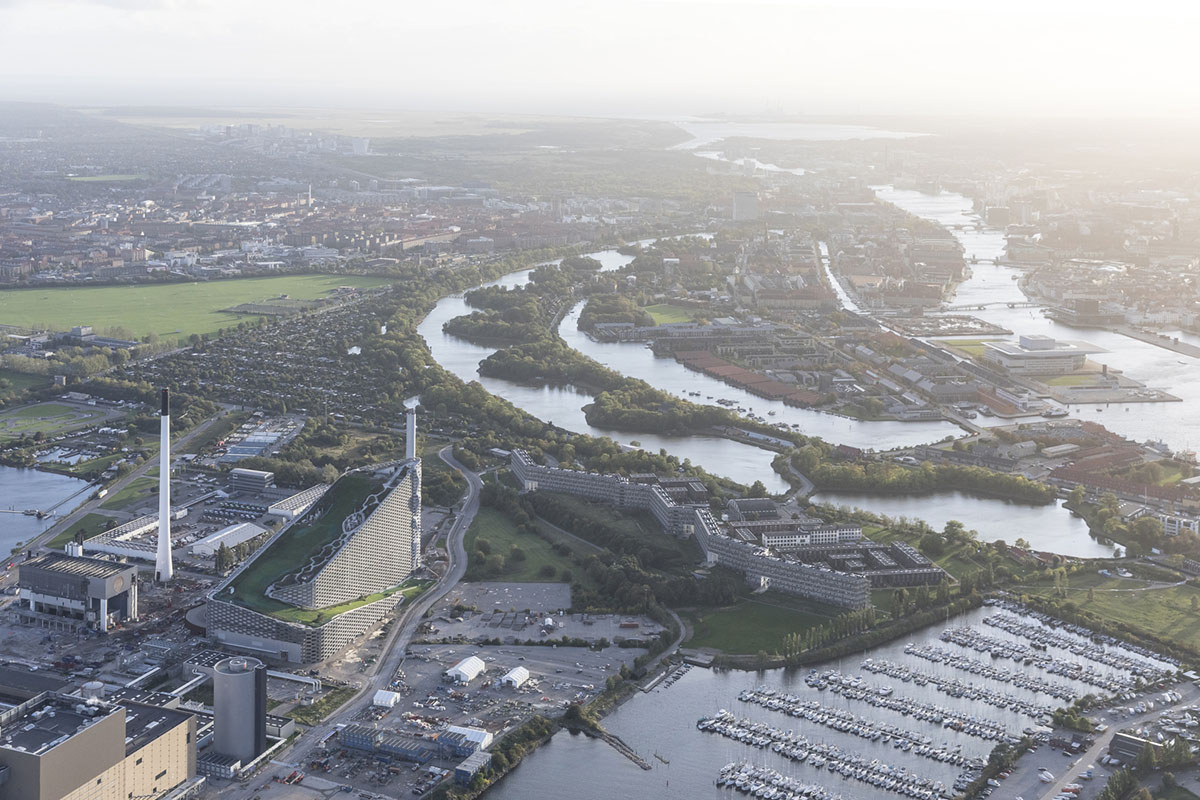
Image © Laurian Ghinitoiu
Covering a total of a 41,000-square-metre area, the building acts as as waste-to-energy plant with an urban recreation center and environmental education hub, turning social infrastructure into an architectural landmark. The building's whirring furnaces, steam, and turbines will convert 440,000 tons of waste annually into enough clean energy to deliver electricity and district heating for 150,000 homes.
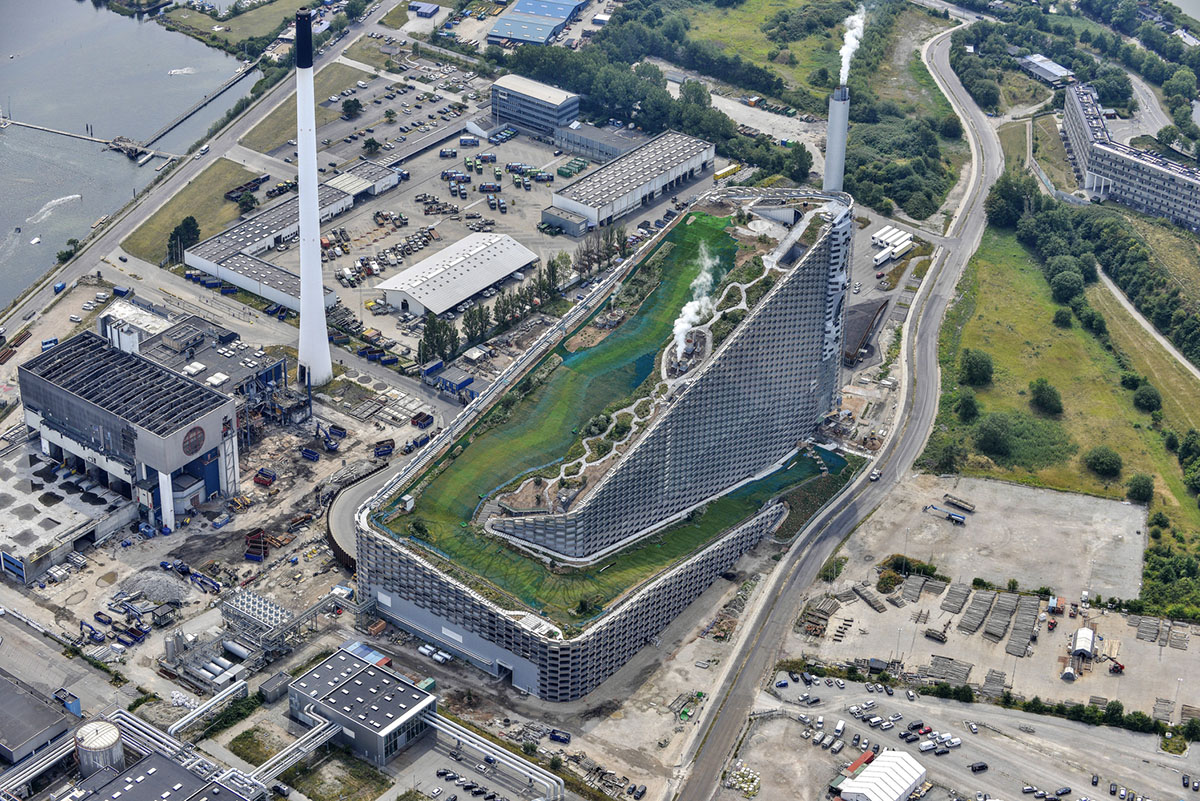
Image © Dragoer Luftfoto
The CopenHill was realized in collaboration with Danish landscape architects SLA, AKT, Lüchinger+Meyer, MOE and Rambøll. Designed as a living public infrastructure with intended social side-effects from day one. The building replaced the adjacent 50-year old waste-to-energy plant with Amager Ressourcecenter (ARC), CopenHill’s new waste incinerating facilities integrate the latest technologies in waste treatment and energy production.
Due to its location on the industrial waterfront of Amager, where raw industrial facilities have become the site for extreme sports from wakeboarding to go-kart racing, the new power plant adds skiing, hiking and rock climbing to thrill-seekers’ wish lists.
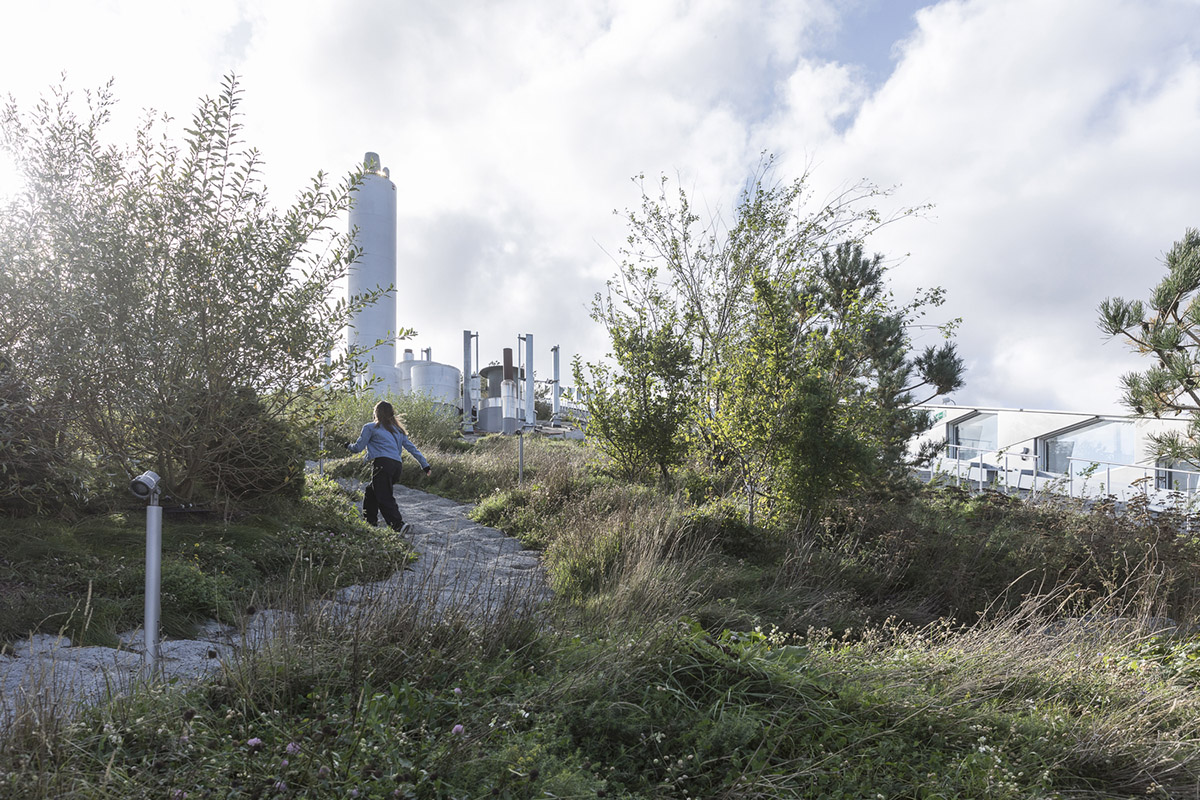
Image © Laurian Ghinitoiu
"CopenHill is a blatant architectural expression of something that would otherwise have remained invisible: that it is the cleanest waste-to-energy power plant in the world," said Bjarke Ingels, Founder & Creative Director, BIG.
"As a power plant, CopenHill is so clean that we have been able to turn its building mass into the bedrock of the social life of the city – its façade is climbable, its roof is hikeable and its slopes are skiable," Ingels added.
"A crystal clear example of Hedonistic Sustainability – that a sustainable city is not only better for the environment – it is also more enjoyable for the lives of its citizens."
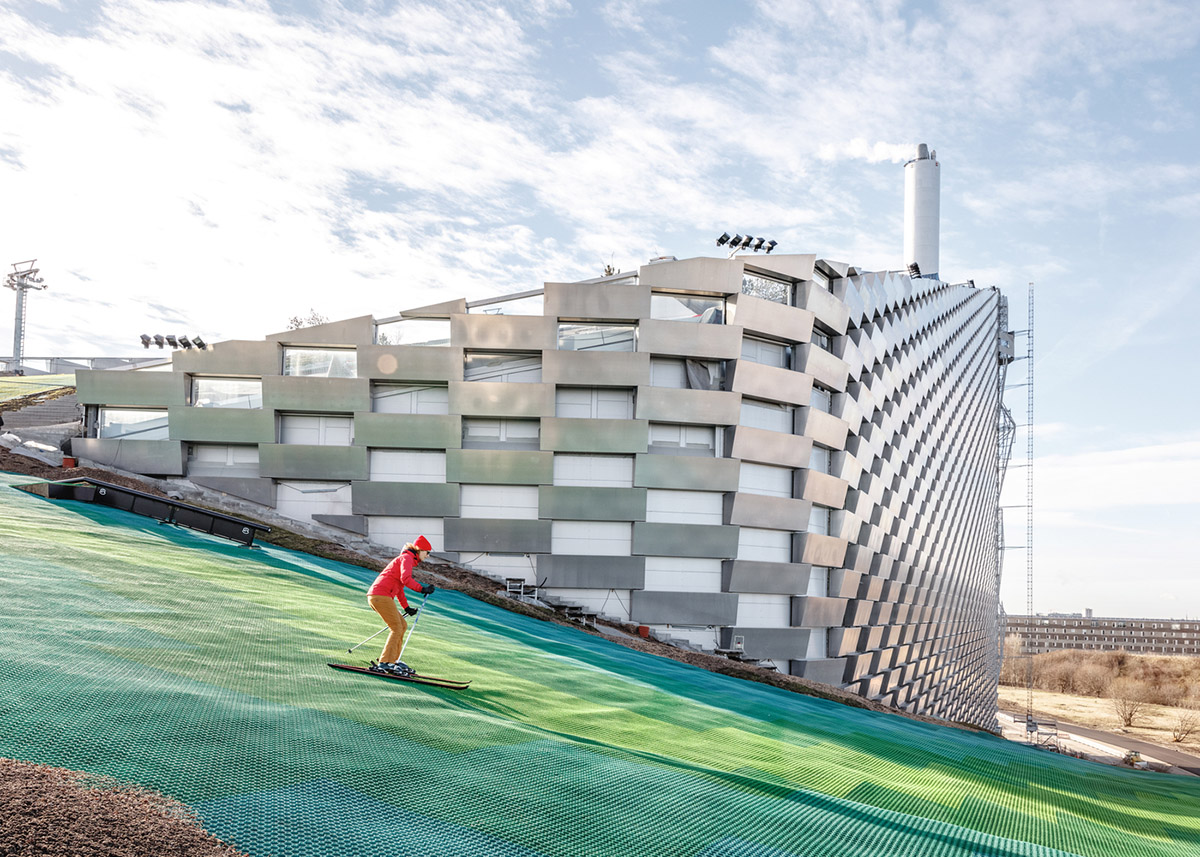
Image © Rasmus Hjortshoj
The internal volumes of the power plant are determined by the precise positioning and organization of its machinery in height order, creating an efficient, sloping rooftop fit for a 9,000-square-metre ski terrain.
At the top, experts can glide down the artificial ski slope with the same length as an Olympic half-pipe, test the freestyle park or try the timed slalom course, while beginners and kids practice on the lower slopes. Skiers ascend the park from the platter lift, carpet lifts or glass elevator for a glimpse inside the 24-hour operations of a waste incinerator.
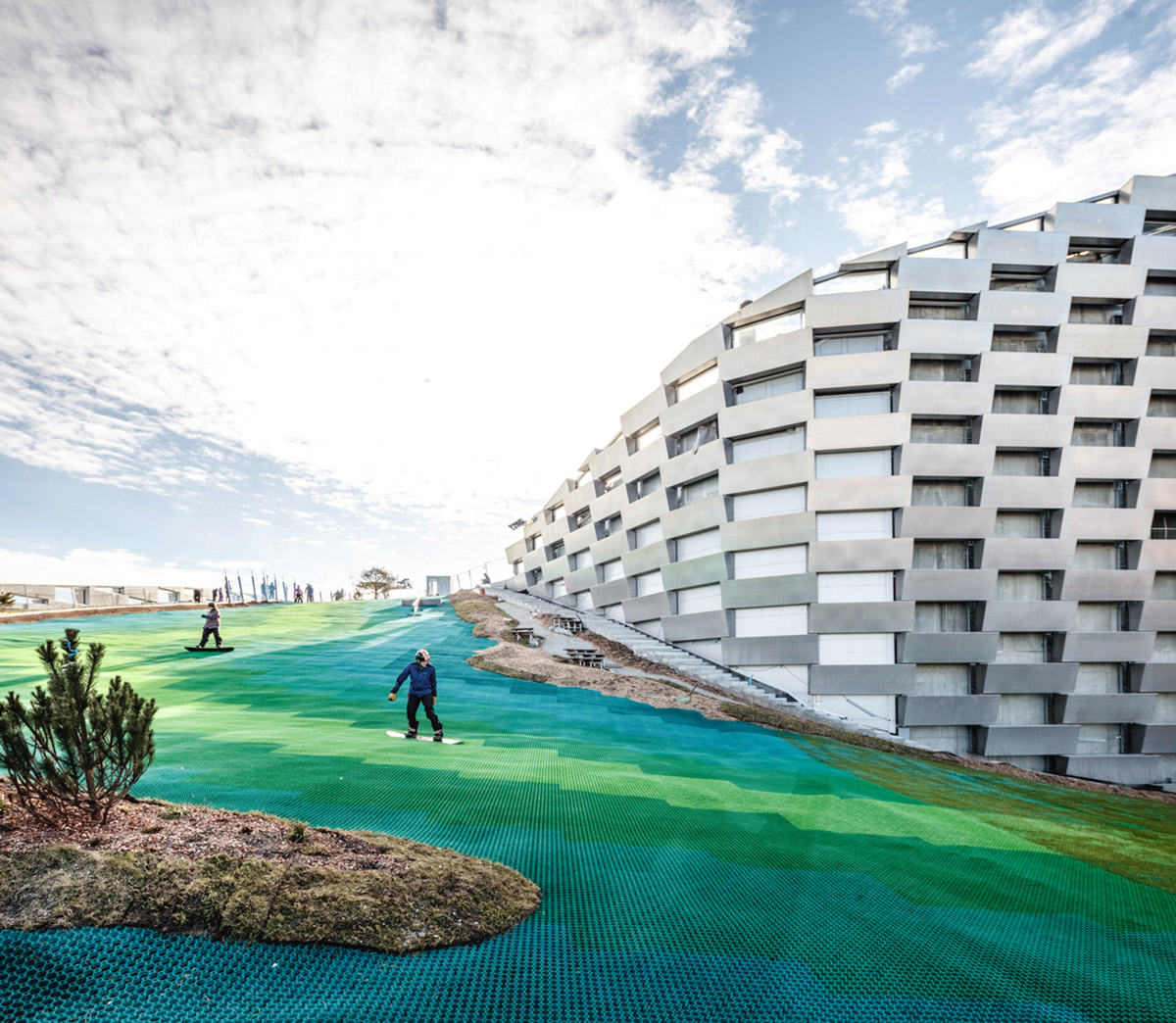
Image © Rasmus Hjortshoj
Recreation buffs and visitors reaching the summit of CopenHill will feel the novelty of a mountain in an otherwise-flat country. Non-skiers can enjoy the rooftop bar, cross-fit area, climbing wall or highest viewing plateau in the city before descending the 490m tree-lined hiking and running trail within a lush, mountainous terrain designed by Danish Landscape Architects SLA.
Meanwhile, the 10,000-square-metre green roof addresses the challenging micro-climate of an 85m high park, rewilding a biodiverse landscape while absorbing heat, removing air particulates and minimizing stormwater runoff.
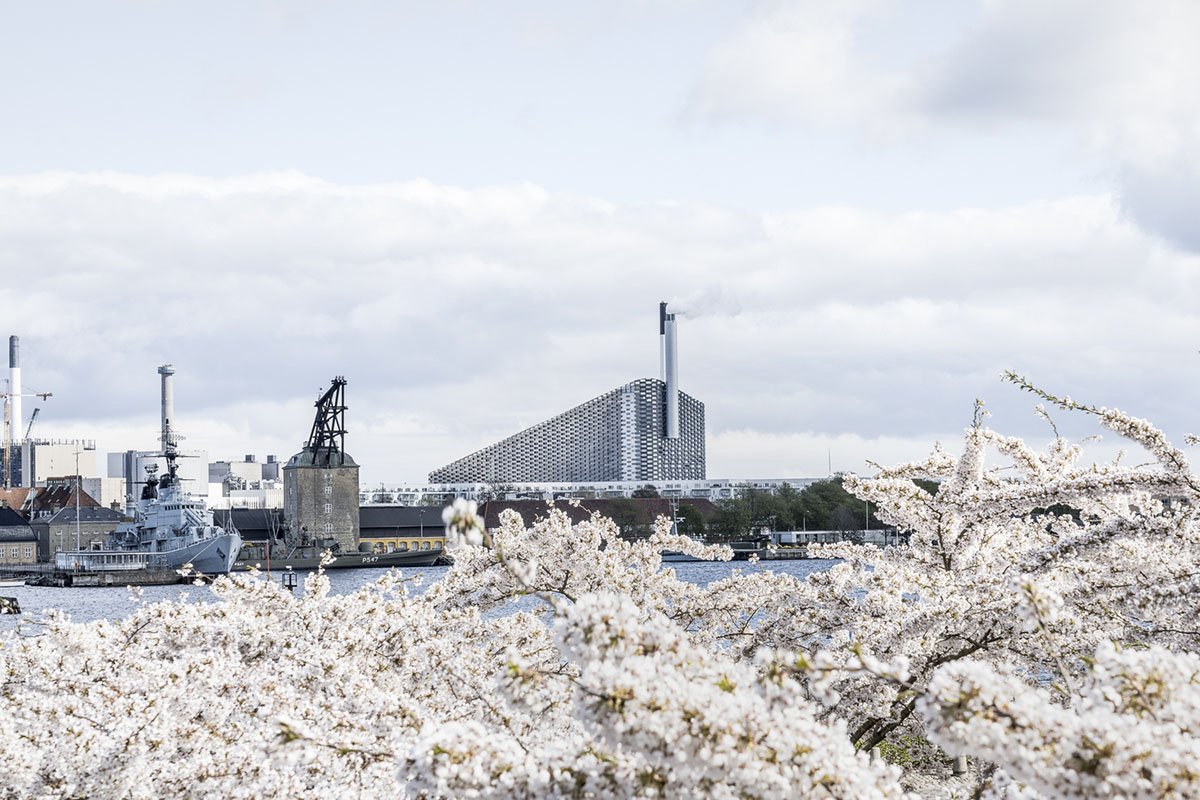
Image © Aldo Amoretti
Beneath the slopes, whirring furnaces, steam, and turbines convert 440,000 tons of waste annually into enough clean energy to deliver electricity and district heating for 150,000 homes. The necessities of the power plant to complete this task, from ventilation shafts to air-intakes, help create the varied topography of a mountain; a man-made landscape created in the encounter between the needs from below and the desires from above.
Ten floors of administrative space are occupied by the ARC team, including a 600-square-metre education center for academic tours, workshops and sustainability conferences.
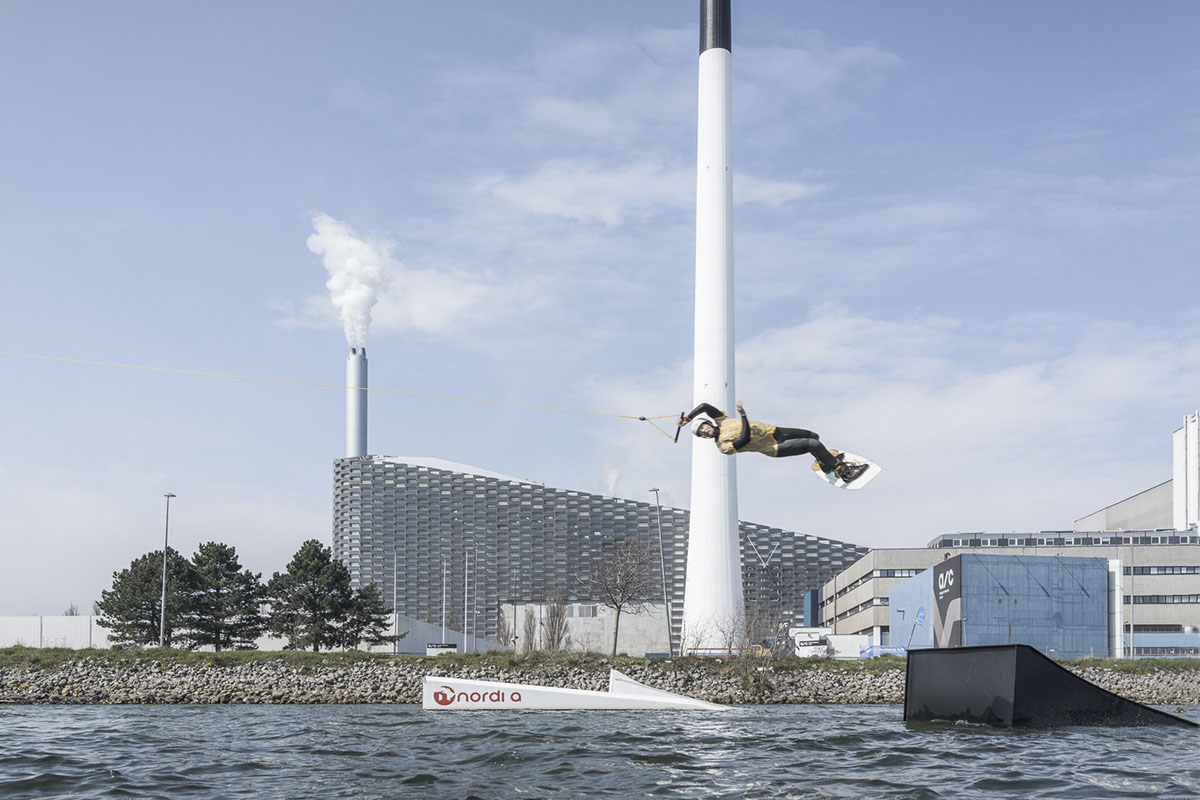
Image © Aldo Amoretti
"Rather than consider ARC as an isolated architectural object, the building envelope is conceived as an opportunity for the local context while forming a destination and a reflection on the progressive vision of the company," said BIG in its project description.
CopenHill’s continuous façade comprises 1.2m tall and 3.3m wide aluminum bricks stacked like gigantic bricks overlapping with each other.
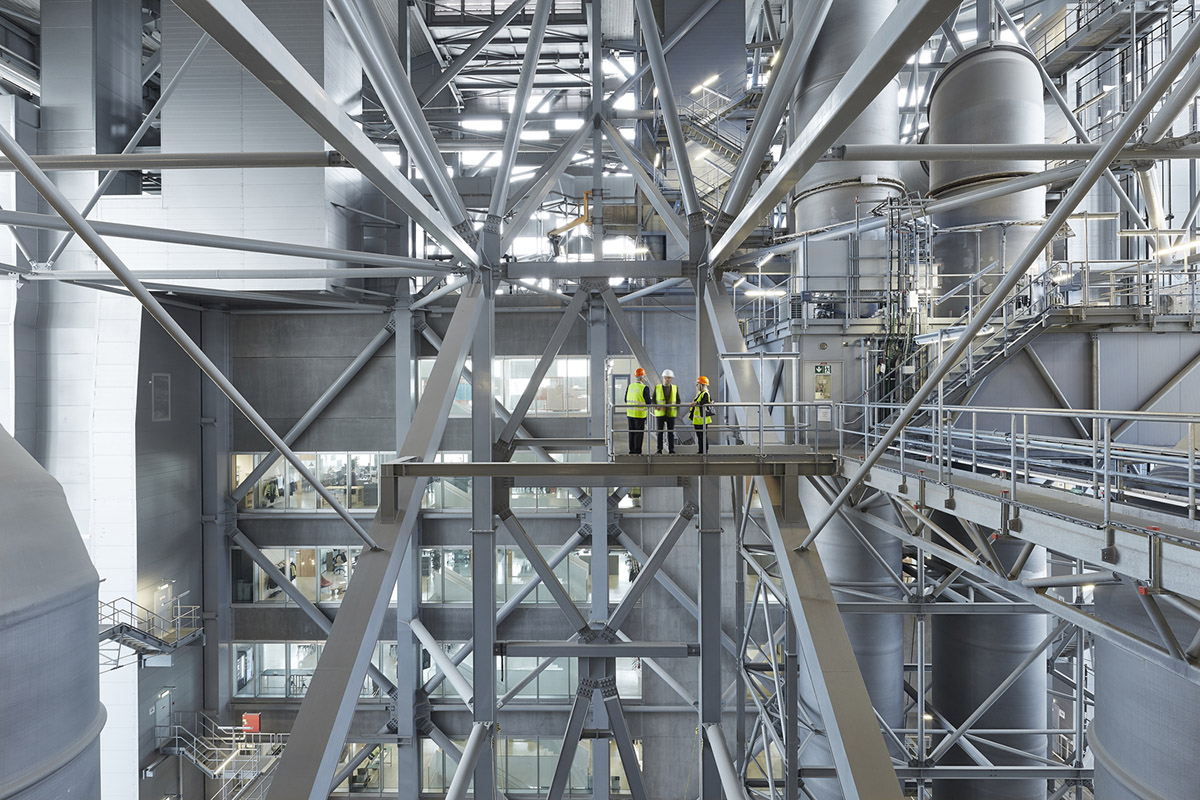
Image © Soren Aagaard
In-between, glazed windows allow daylight to reach deep inside the facility, while larger openings on the southwest façade illuminate workstations on the administrative floors. On the longest vertical façade, an 85m climbing wall is installed to be the tallest artificial climbing wall in the world for new world records to be broken with views inside the factory.
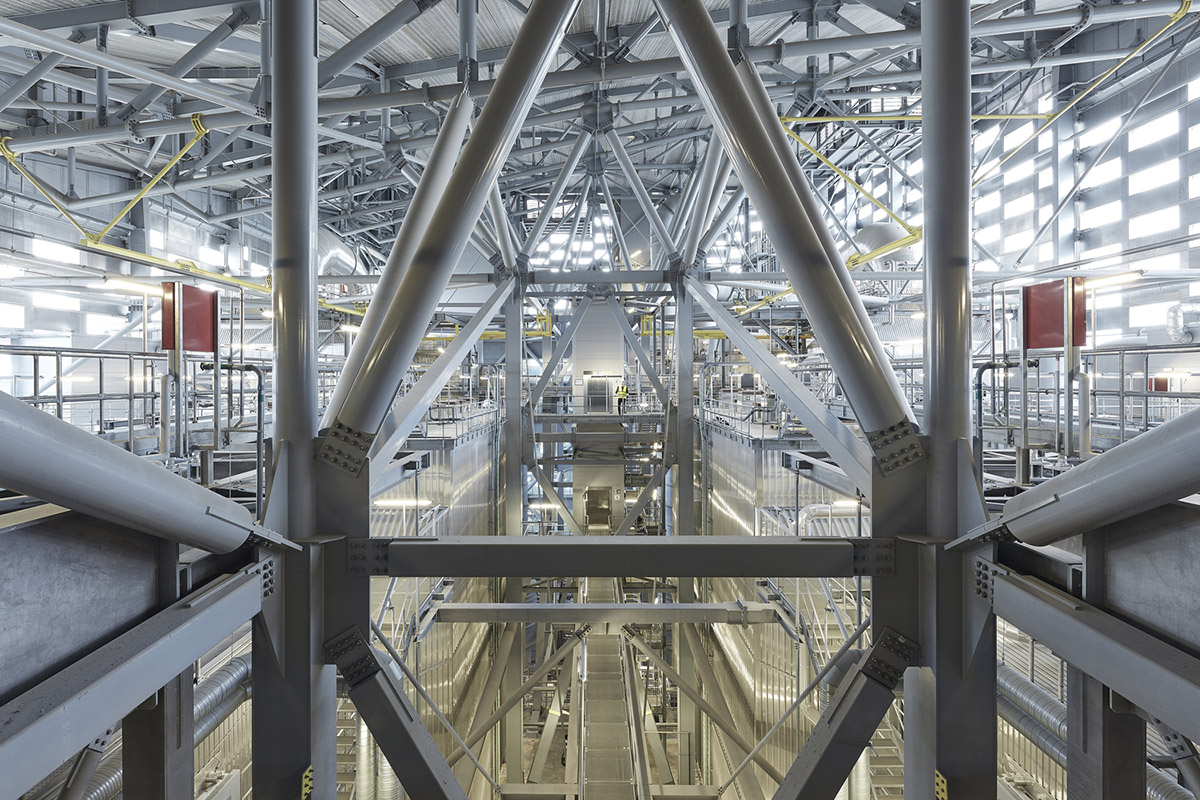
Image © Soren Aagaard
At the bottom of the ski slope, a 600-square-metre après-ski bar welcomes locals and visitors to wind down once the boots are off. Formerly a piece of infrastructure in an industrial zone, CopenHill becomes the new destination for families, friends and celebration, one that is economically, environmentally and socially profitable.
Project facts
Name: Copenhill / Amager Bakke
Type: International competition
Size: 41,000 sqm / 441,300 sqf
Location: Copenhagen, Denmark
Client: Amager Ressourcecenter
Collaborators: Detailed design: SLA, lüchinger+meyer, MOE, rambøll, jesper kongshaug, and BIG ideas; competition: AKT, topotek 1, man made land, realities:united
Thanks to: A.P. møller fonden, lokale og anlægsfonden, nordea fonden, fonden R98, københavns kommune, frederiksberg kommune, tårnby kommune, dragør kommune og hvidovre kommune.
Partners In Charge: Bjarke Ingels, David Zahle, Jakob Lange, Brian Yang
Project Leaders: Jesper Boye Andersen, Claus Hermansen, Nanna Gyldholm Møller
Project Team: Alberto Cumerlato, Aleksander Wadas, Alexander Codda, Alexander Ejsing, Alexandra Gustafsson, Alina Tamosiunaite, Armor Gutierrez, Anders Hjortnæs, Andreas Klok Pedersen, Annette Jensen, Ariel Wallner, Ask Andersen, Balaj IIulian, Blake Smith, Borko Nikolic, Brygida Zawadzka, Buster Christensen, Chris Falla, Chris Zhongtian Yuan, Daniel Selensky, Dennis Rasmussen, Espen Vik, Finn Nørkjær, Franck Fdida, Gonzalo Castro, Gül Ertekin, George Abraham, Helen Chen, Henrick Poulsen, Henrik Rømer Kania, Horia Spirescu, Jakob Ohm Laursen, Jelena Vucic, Jeppe Ecklon, Ji-young Yoon, Jing Xu, Joanna Jakubowska, Johanna Nenander, Kamilla Heskje, Katarzyna Siedlecka, Krzysztof Marciszewski, Laura Wätte, Liang Wang, Lise Jessen, Long Zuo, Maciej Zawadzki, Mads Enggaard Stidsen, Marcelina Kolasinska, Marcos Bano, Maren Allen, Mathias Bank, Matti Nørgaard, Michael Andersen, Narisara Ladawal Schröder, Niklas A. Rasch, Nynne Madsen, Øssur Nolsø, Pero Vukovic, Richard Howis, Ryohei Koike, Se Hyeon Kim, Simon Masson, Sunming Lee, Toni Mateu, Xing Xiong, Zoltan David Kalaszi, Tore Banke, Yehezkiel Wiliardy.
Top image © Laurian Ghinitoiu
> via BIG
